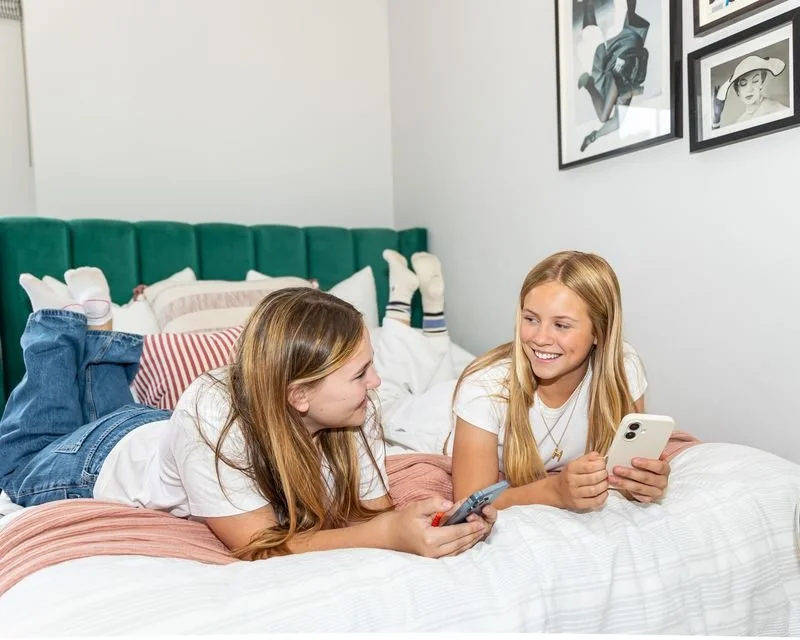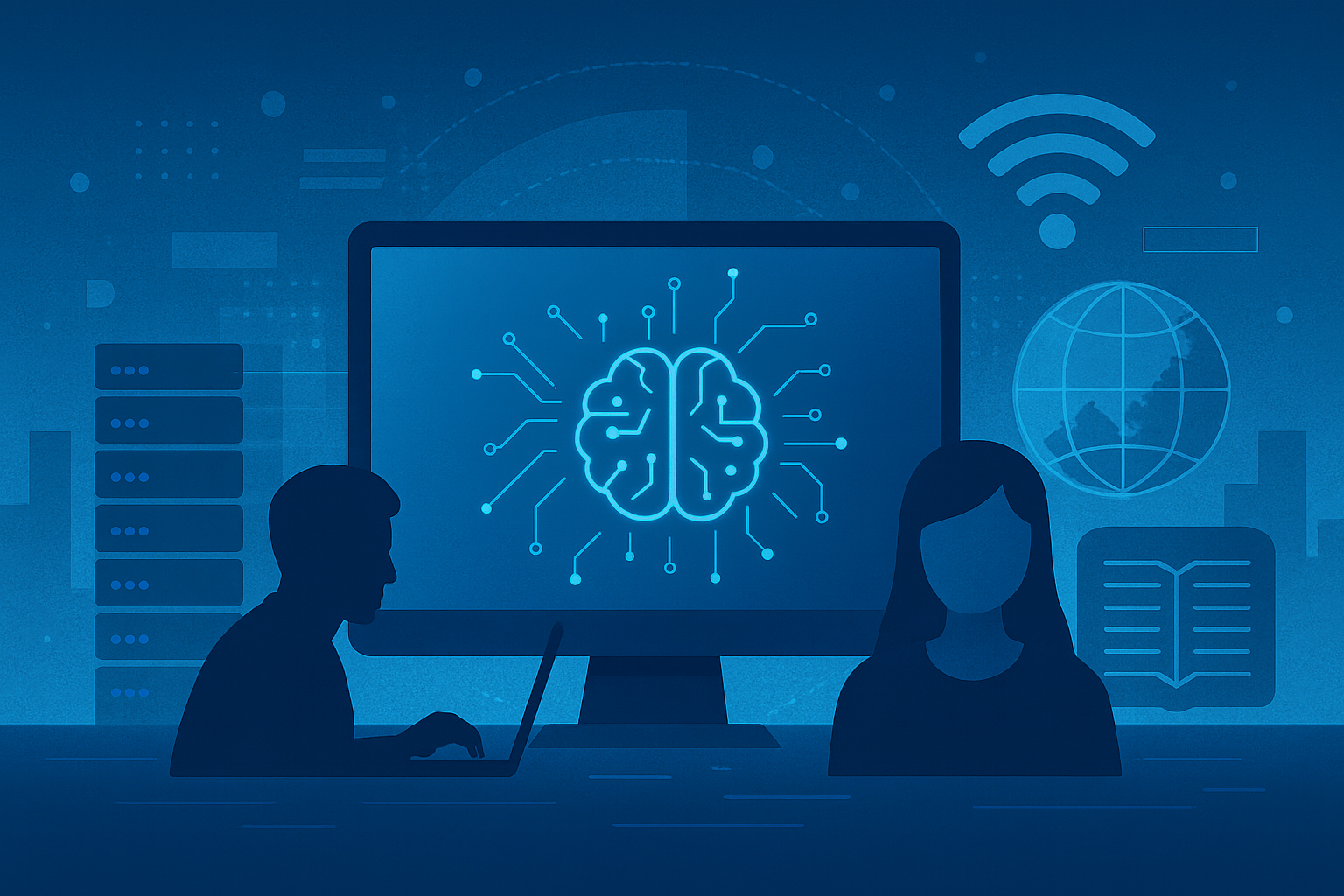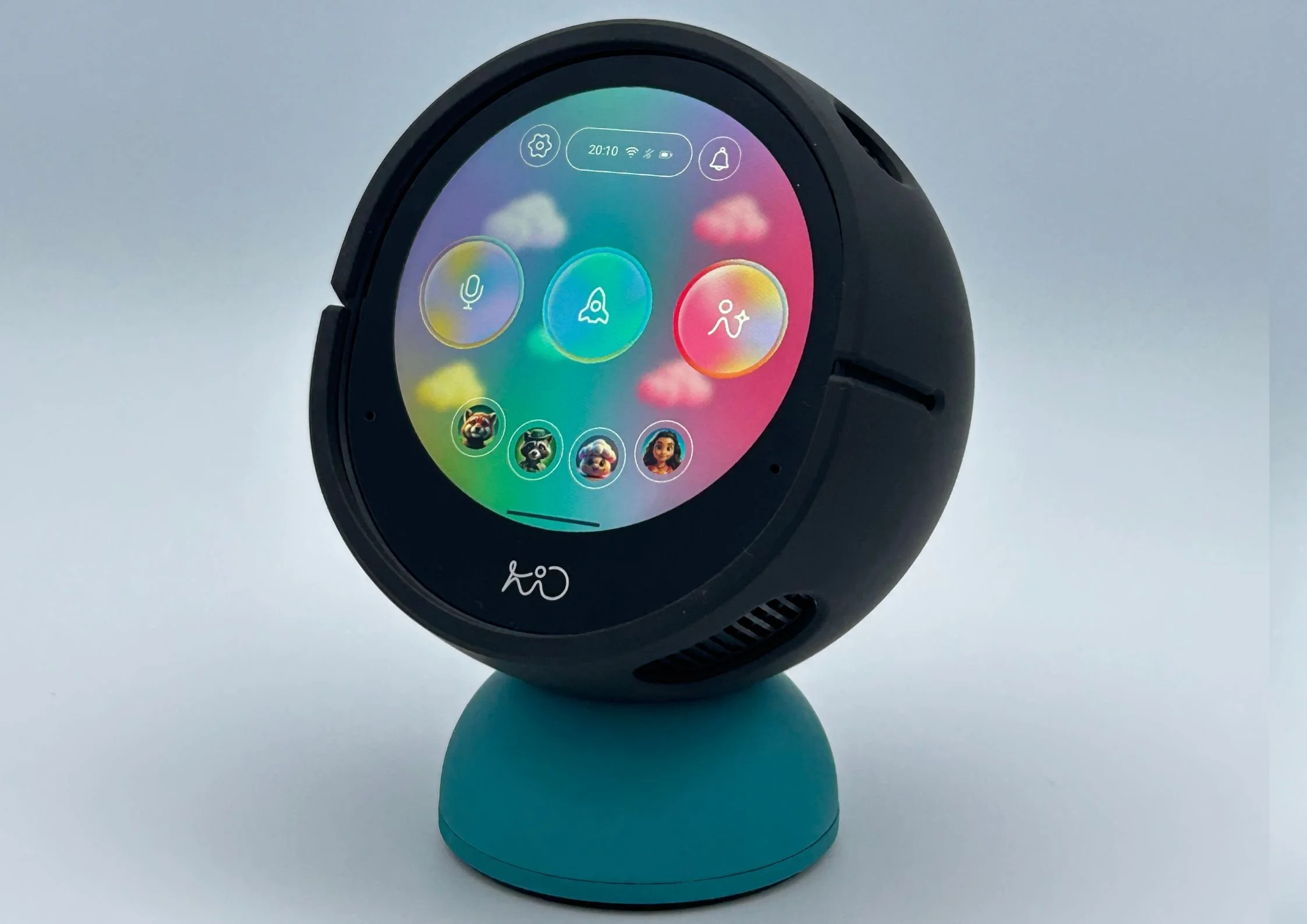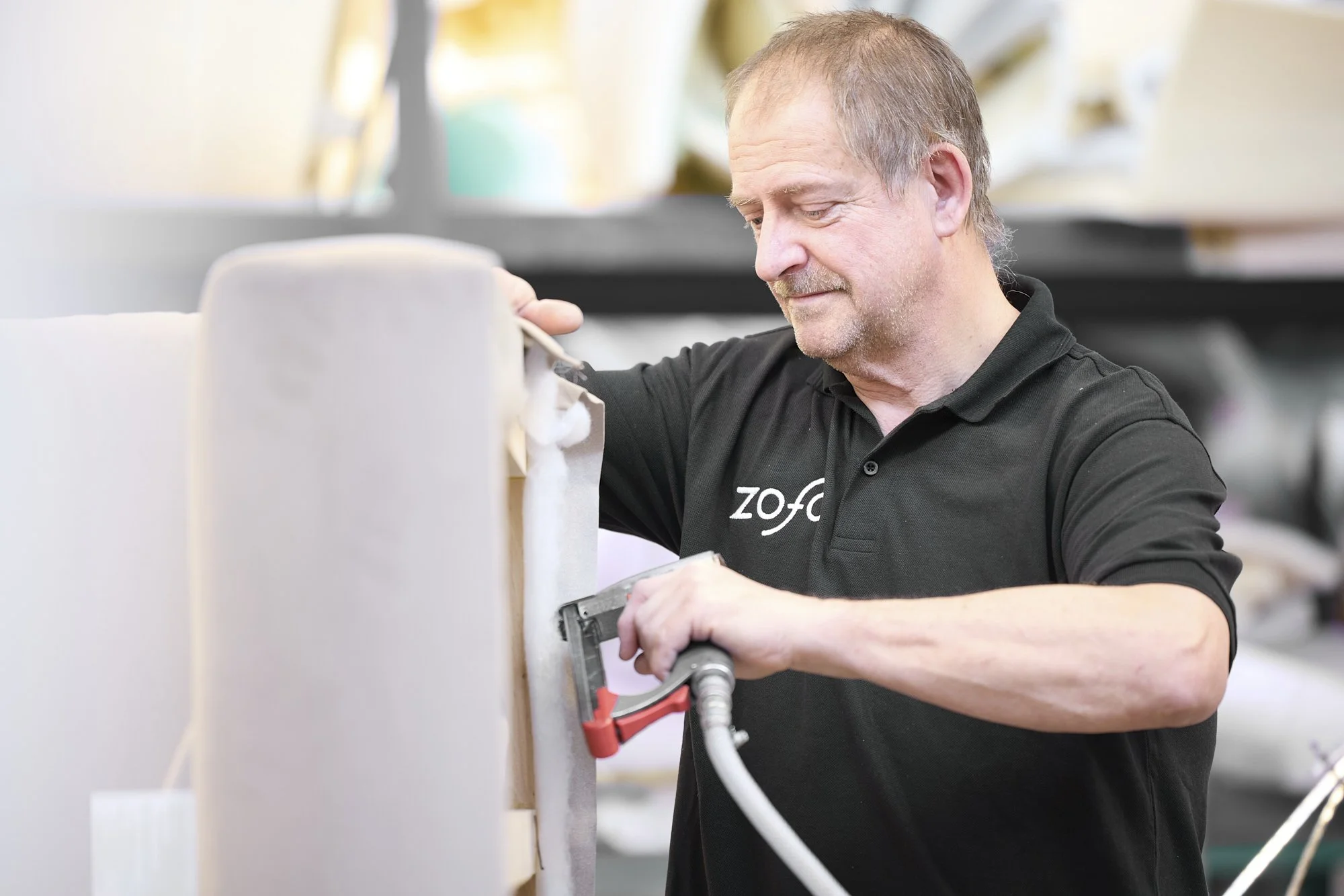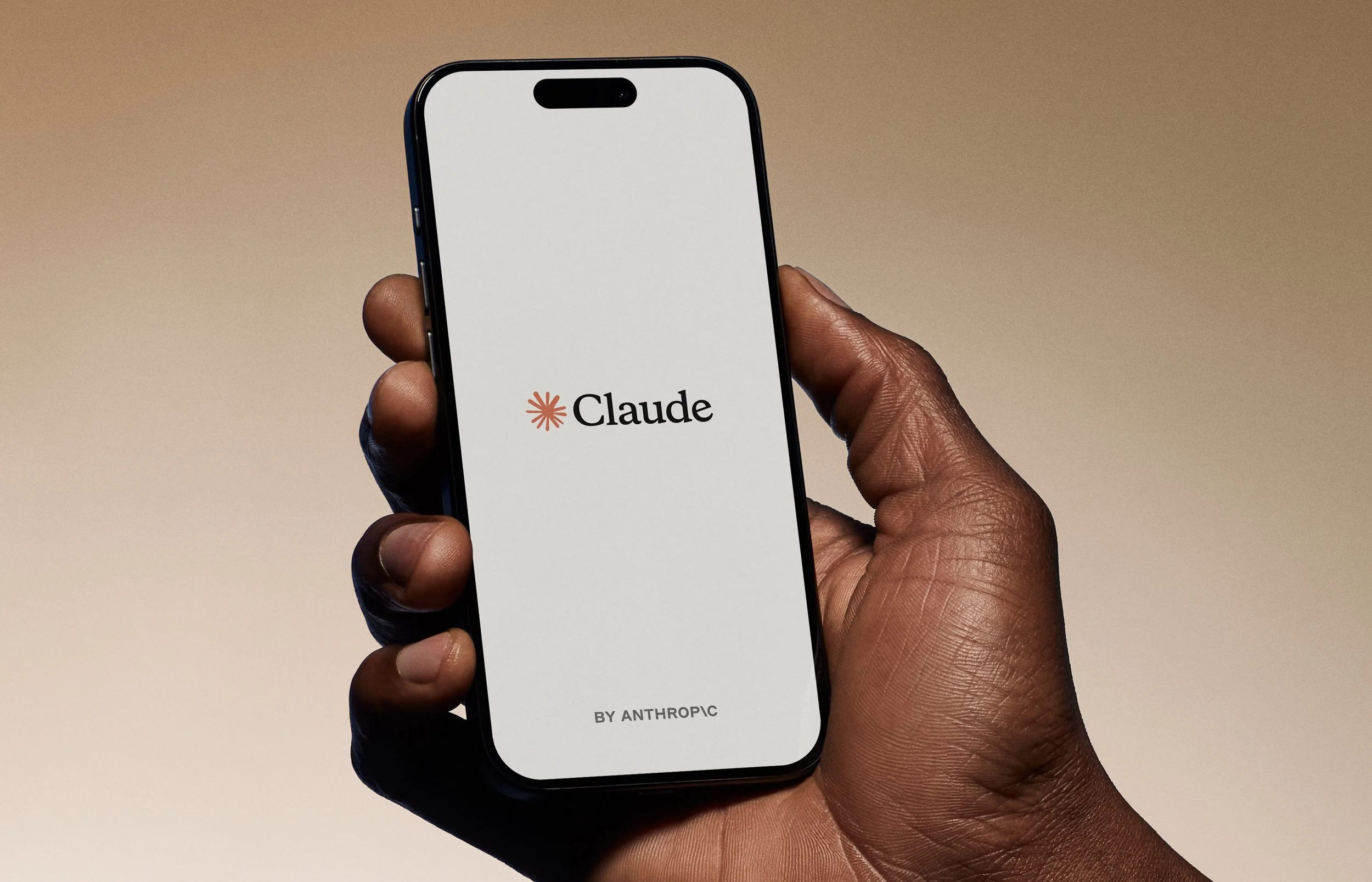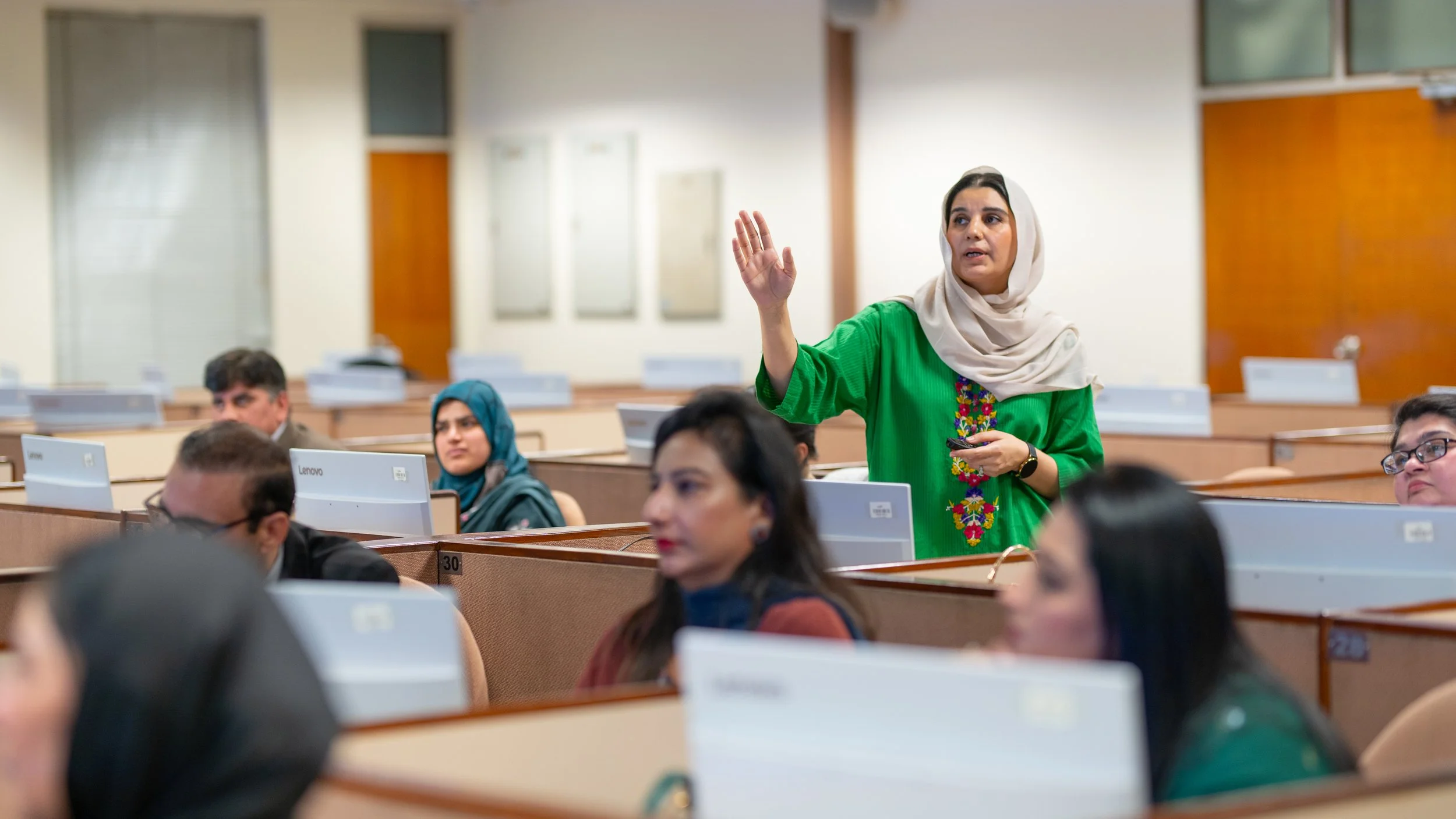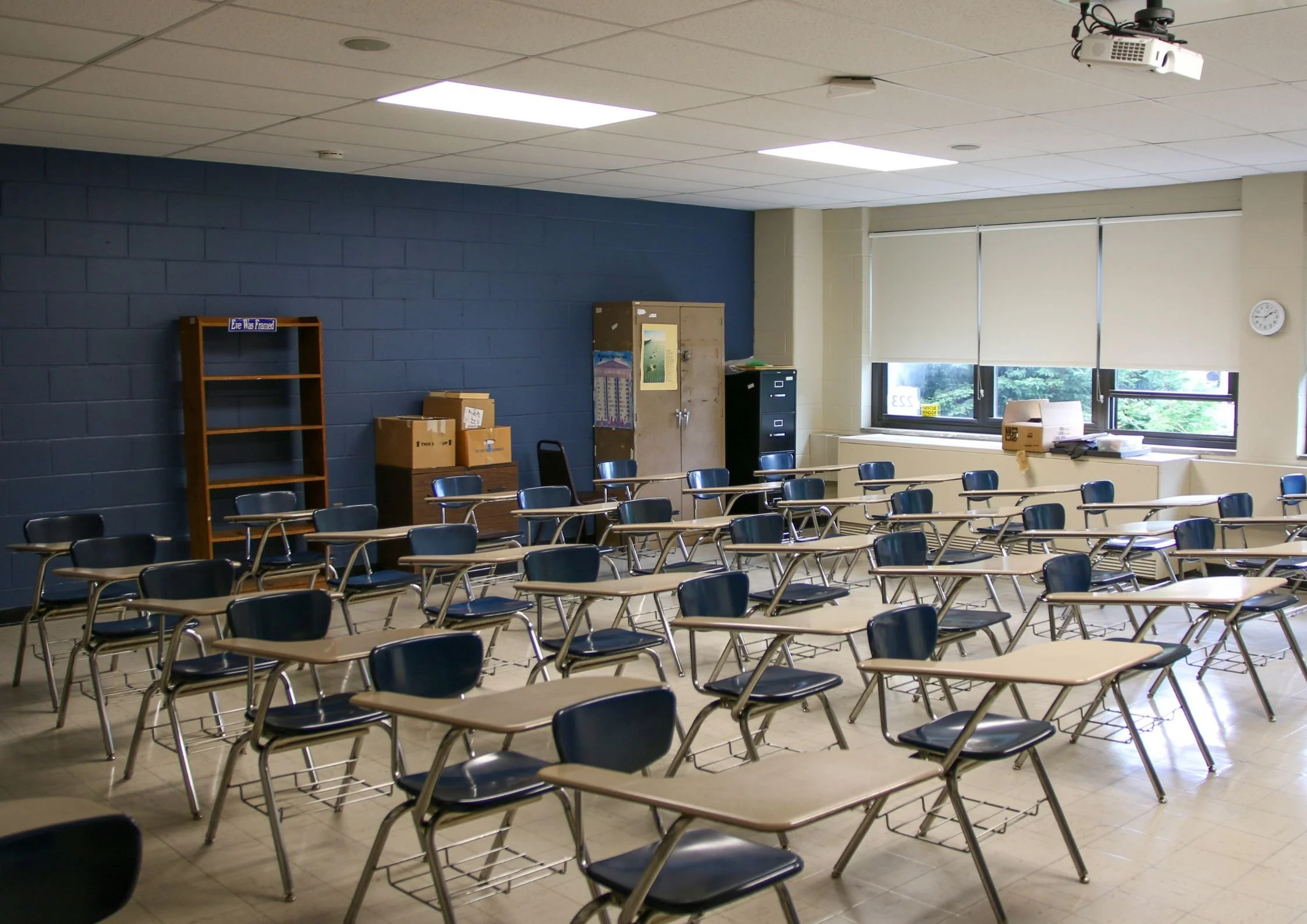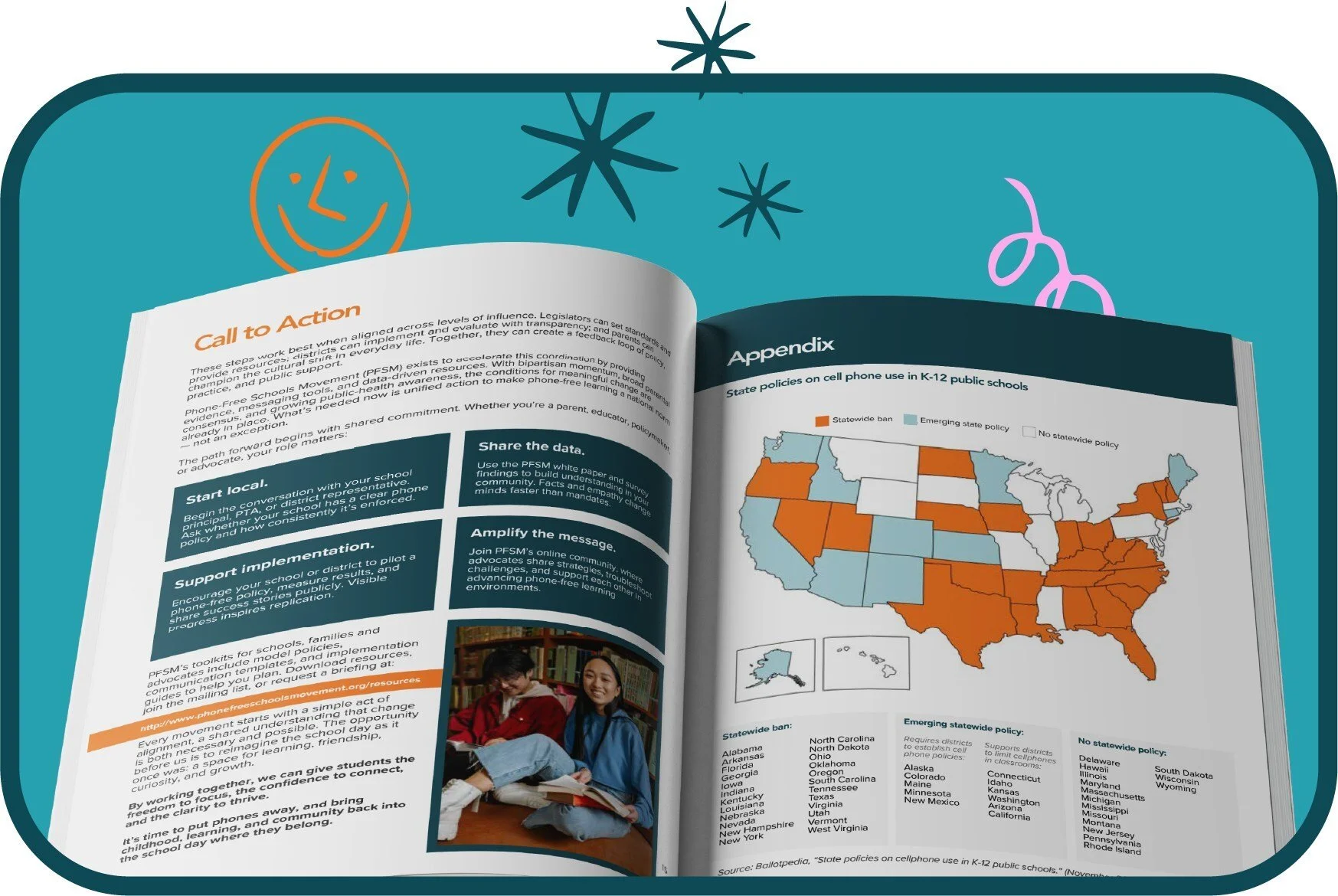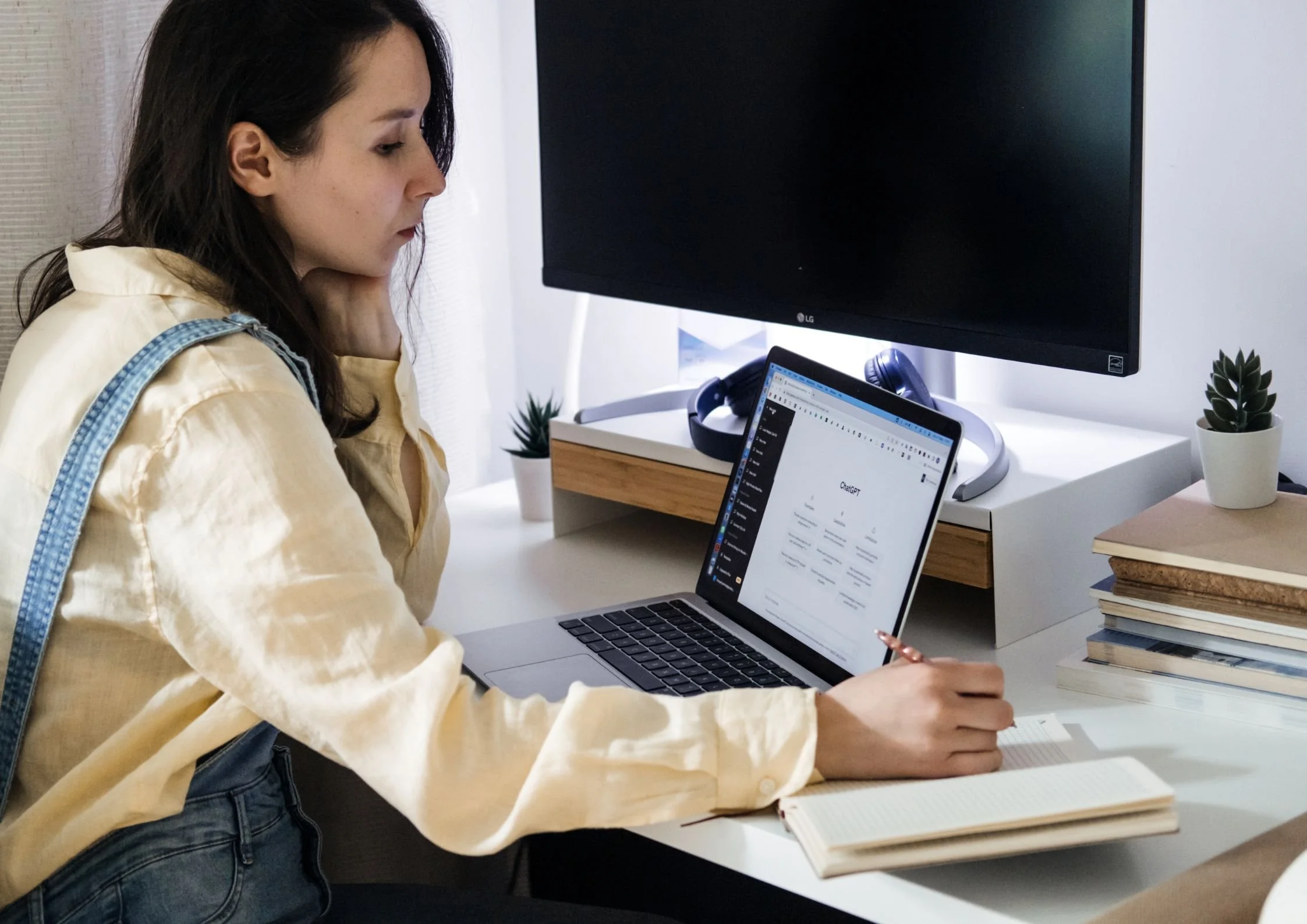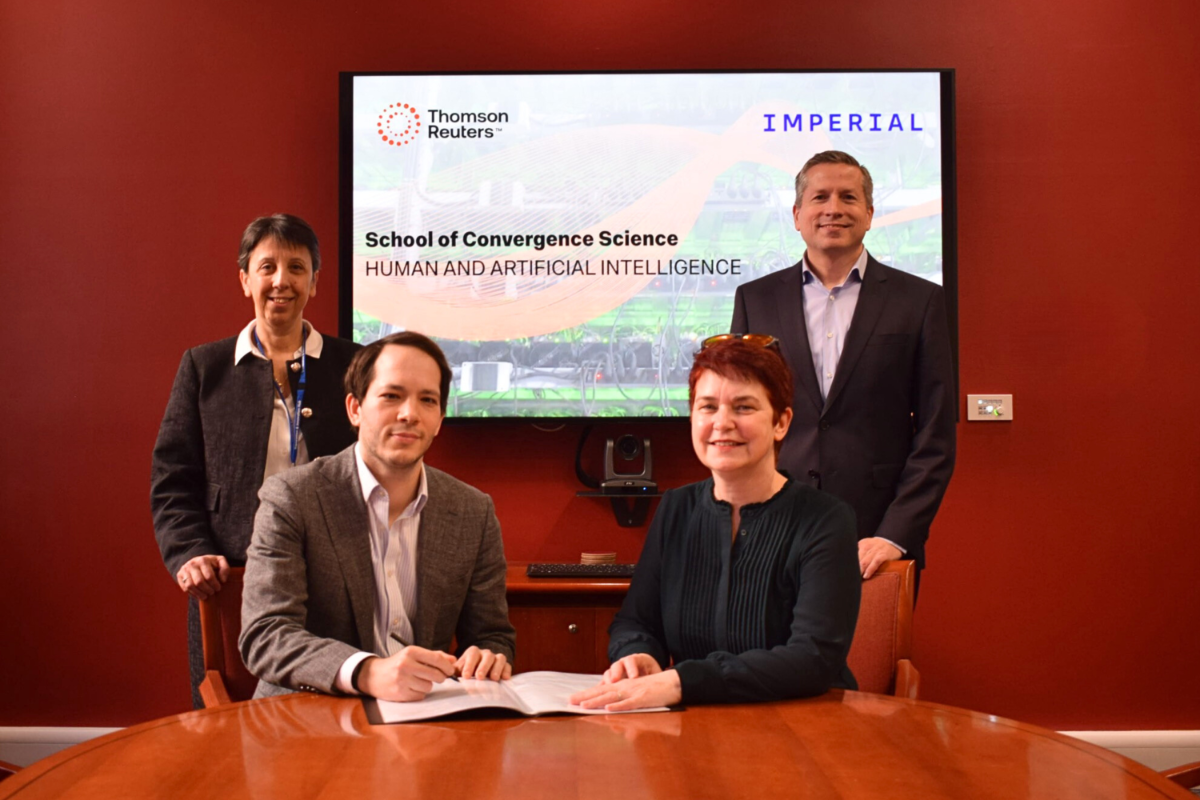World’s first ‘healthy iPhone’: is it time to rethink children’s access to technology?
This week, a new ‘healthy smartphone’ launched in the UK, aimed at parents concerned about their child’s screentime and access to the internet. But will these products be sufficent to soothe parent concerns?
“Screens flood the brain with dopamine and that can stop it from receiving dopamine from other sources,” warns Dr. Patricia Britto, an educational psychologist. While technology products are often marketed as supporting children’s academic learning, many parents are becoming concerned about the impact of screens on their children’s wellbeing - both physically and mentally.
“Every time a child practices a particular skill, they are forming building blocks in their brain,” Dr. Britto explains. “90 percent of the brain is formed by the age of five - it's producing different neurons and firing away daily, but if all they have is a screen, that’s building the block for them.”
The World Health Organization recommends that children under the age of five have no more than one hour each day of screentime. It does not recommend children under the age of two have any regular screentime at all.
Introducing the Sage Mobile
This week Sage Mobile launched in the UK, offering what it calls a “healthy iPhone for kids and teens” that cannot access social media, internet browsers or any algorithm-driven apps. Created by Texas-based company Techless, the smartphones are designed to support children at the start of their digital lives.
The product differs from existing phones that have optional parental controls, as these often have loopholes and workarounds. Sage’s operating system itself blocks app store access, preventing any new apps or browsers from being downloaded. Even if factory reset, the smartphone will reload with the same operating system in place.
While primarily aimed at children and teenagers, Sage devices are also suitable for adults looking to leave social media or simply spend less time scrolling on their smartphones.
Techless previously launched a similar phone in the US, the Wisephone, which has already proved popular enough to sell out at four consecutive launches. Average daily use of the devices is between 15 minutes and one hour a day, compared to an average screentime of almost three hours for children in the UK aged between eight and 14.
Chris Kaspar, CEO and Founder at Techless and Sage Mobile says the company was not looking to create a ‘parent control’ device, but rather one that was safe by design. “With Sage, we’ve created a smartphone that helps people reconnect with real life, not just reduce screen time,” he says.
“We’re not innovating anything,” Kaspar says, admitting that the technology powering the phone is not profoundly new. The phone’s operating system is said to be similar to those used by governments and in the financial sector. “What we’re actually selling is trust,” he claims, adding that offering children a device they are trusted to use can help improve relationships between children and parents.
Kaspar previously worked at a number of design agencies, before being inspired to pivot into healthy technology by his experience as a foster parent and seeing first-hand how children were being exploited online. A recent report by children’s charity the NSPCC found that more than 7,000 online grooming crimes were recorded in the UK in a single year, with most victims aged between 12 and 15.
Techless claims its Sage device removes the risk of grooming “at its root” by removing all of the digital platforms used by predators.
Regulations and guidelines
Jane Rowlands from campaign group Safe Screens says that smartphones have been introduced to children without proper regulation. “There’s been a lot of focus, particularly in the UK, about banning social media, but what we’ve seen is that the real issues are with the smartphone itself.”
Rowlands says an often overlooked concern is the wider health concerns connected to childhood smartphone use. “Health professions present evidence on the impact on eyesight, posture, speech and language, attention and sleep - yet there are no health and safety guidelines, product certifications and no public health messaging,” she says.
“Of course parents have a responsibility,” Rowlands adds. “But we cannot rely on tech companies.” The Safe Screens campaign is calling for legislation that forces technology companies to regulate child use of these devices, allowing them to focus on their education.
The Sage device is now available for pre-order in the UK, with prices starting at £89 it’s likely to be inaccessible to many families and others may struggle with the pressure to allow their children to keep up with their friends. However, with rising concerns around the potential negative effects of screens on children and teenagers, the devices will certainly appeal to some.
“The truth is that actually kids want this,” Kaspar claims. “Even though they may not say it.” He adds that many children are aware of the negative effects of social media and screentime on them and their friends. He argues the secure iPhone is a way for them to blend in with their peers as the Sage phone is indistinguishable from unlocked devices.
Citing the popular Netflix series Adolescence, which explores the negative impact of screentime on children’s behavior, Kaspar said he hoped the Sage mobile offers parents a better choice. “I want us to be able to say: we did better,” he says.

